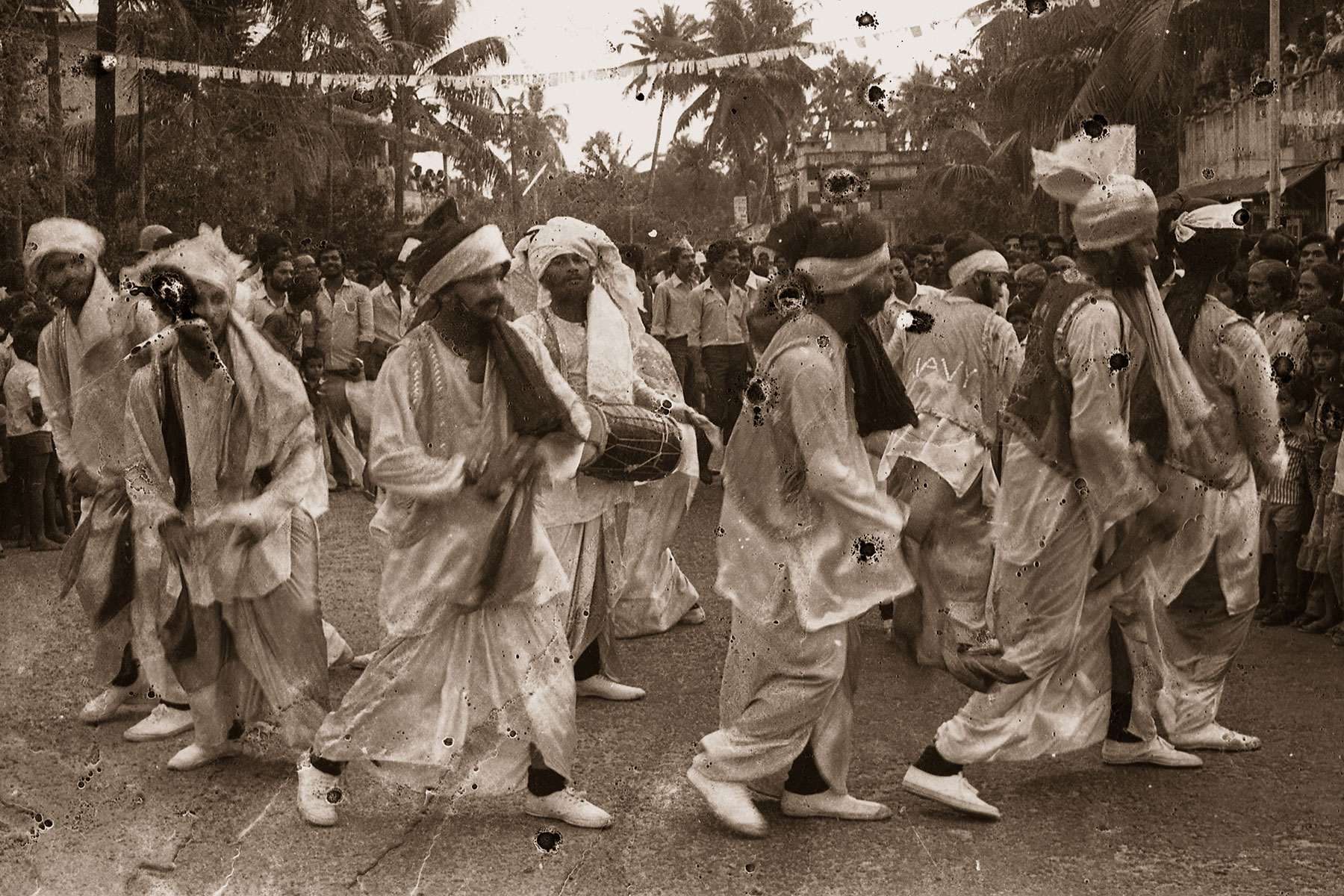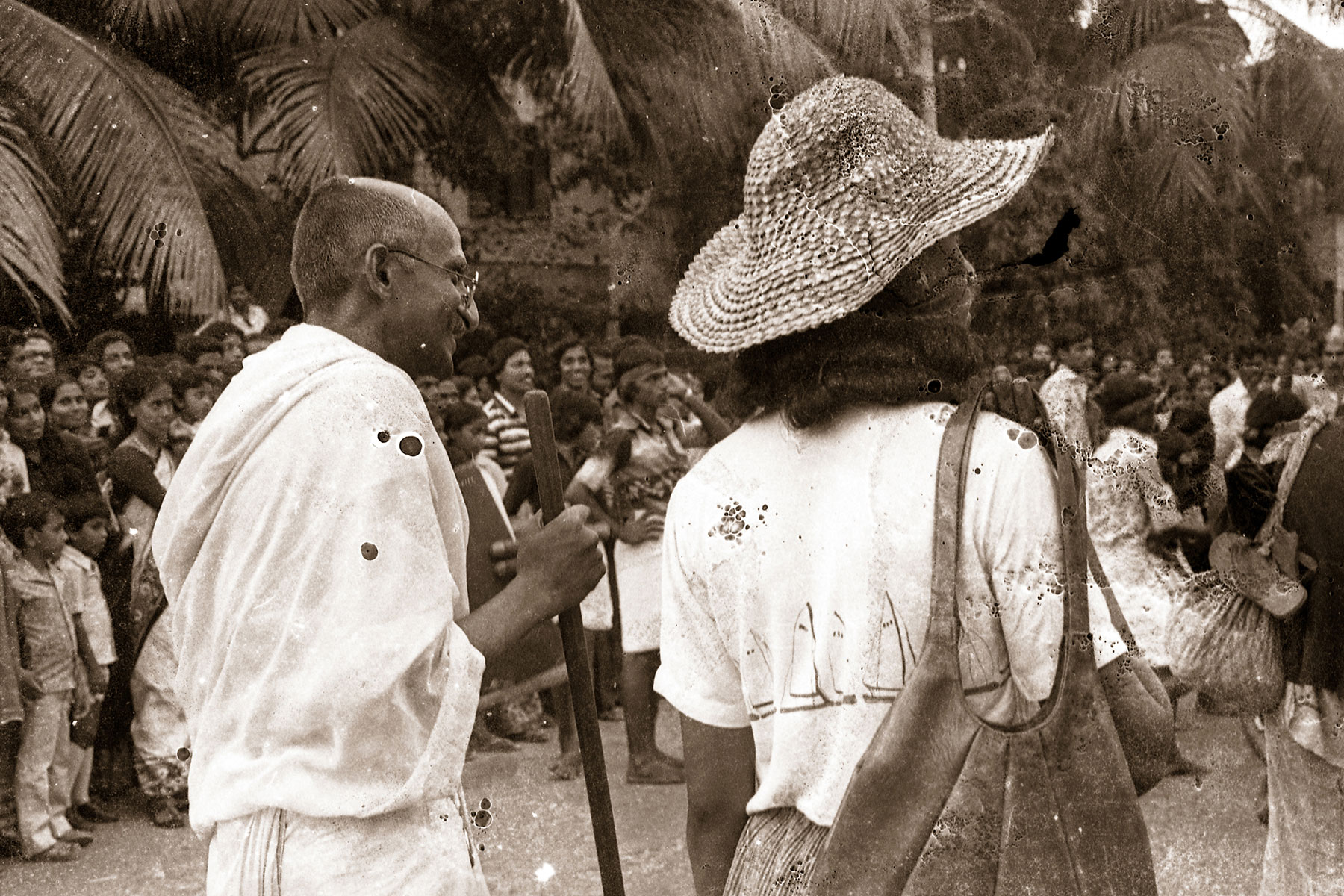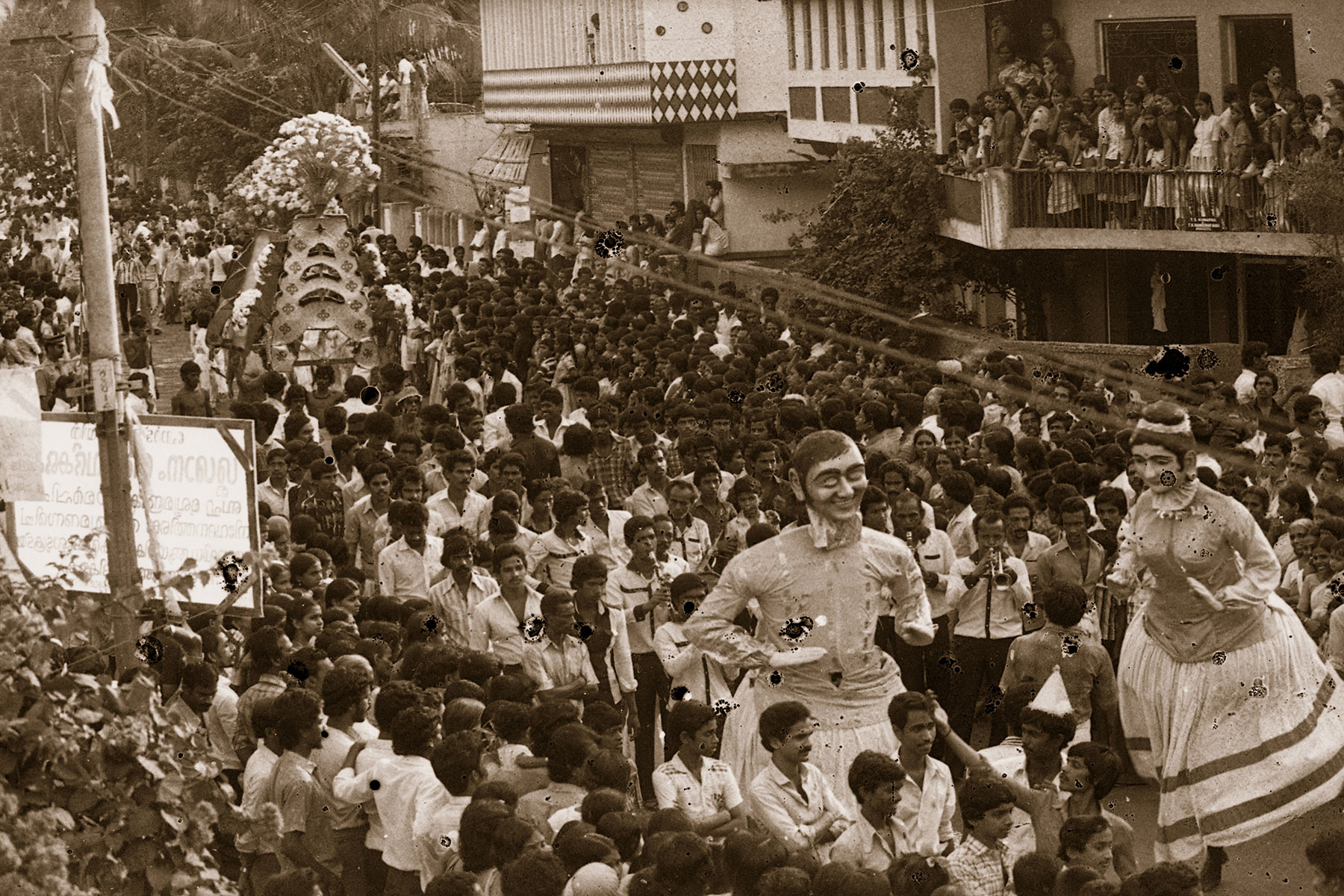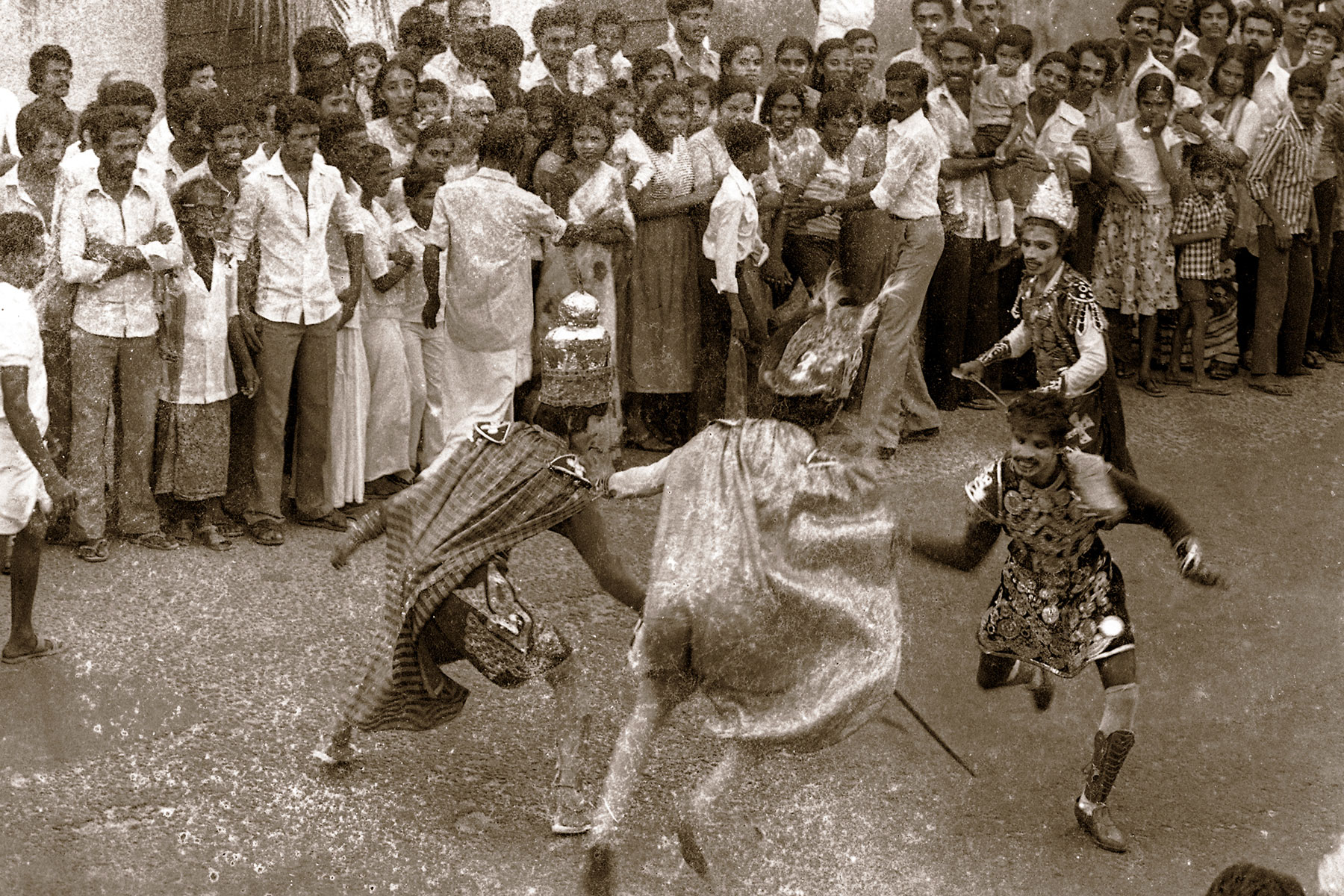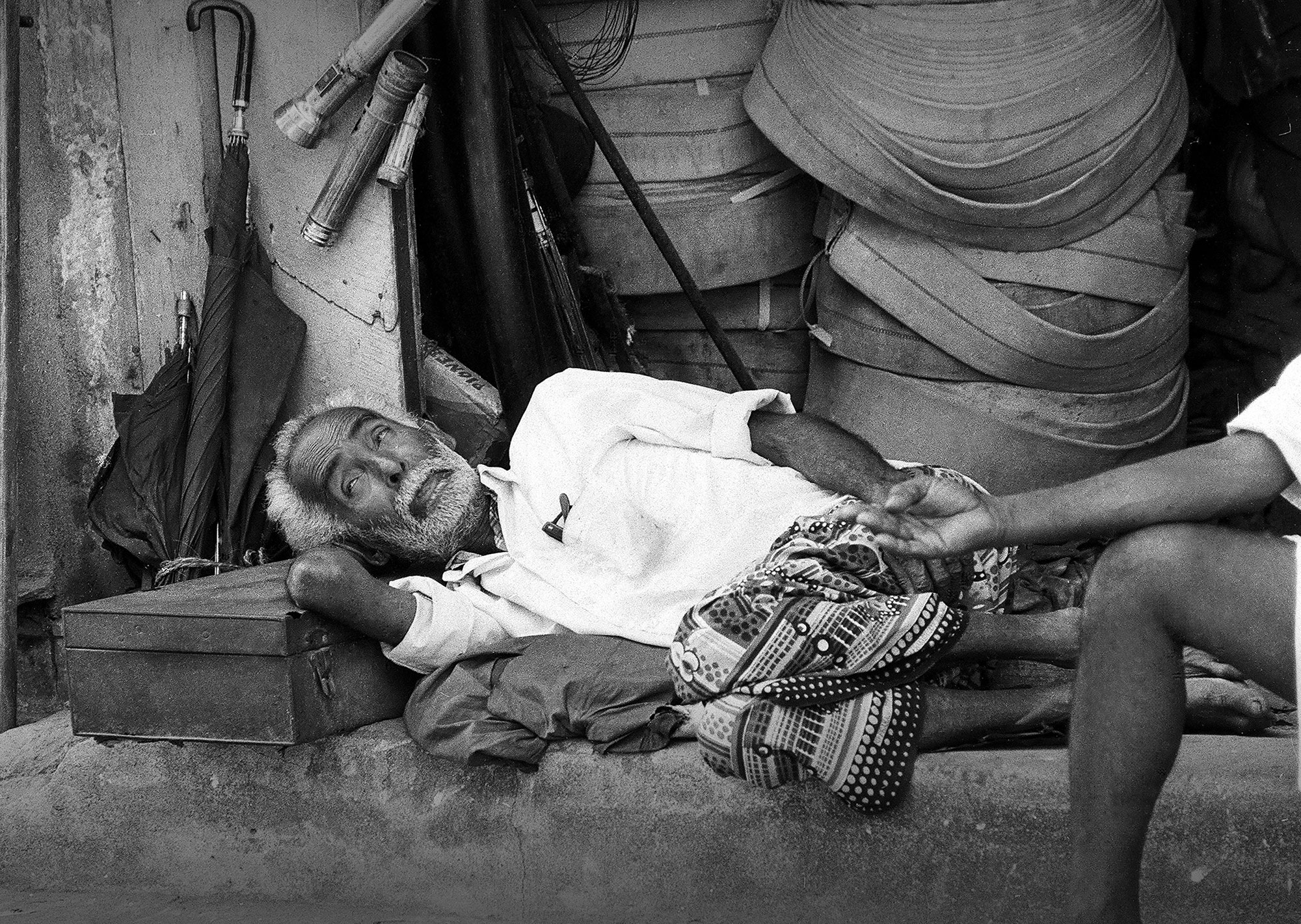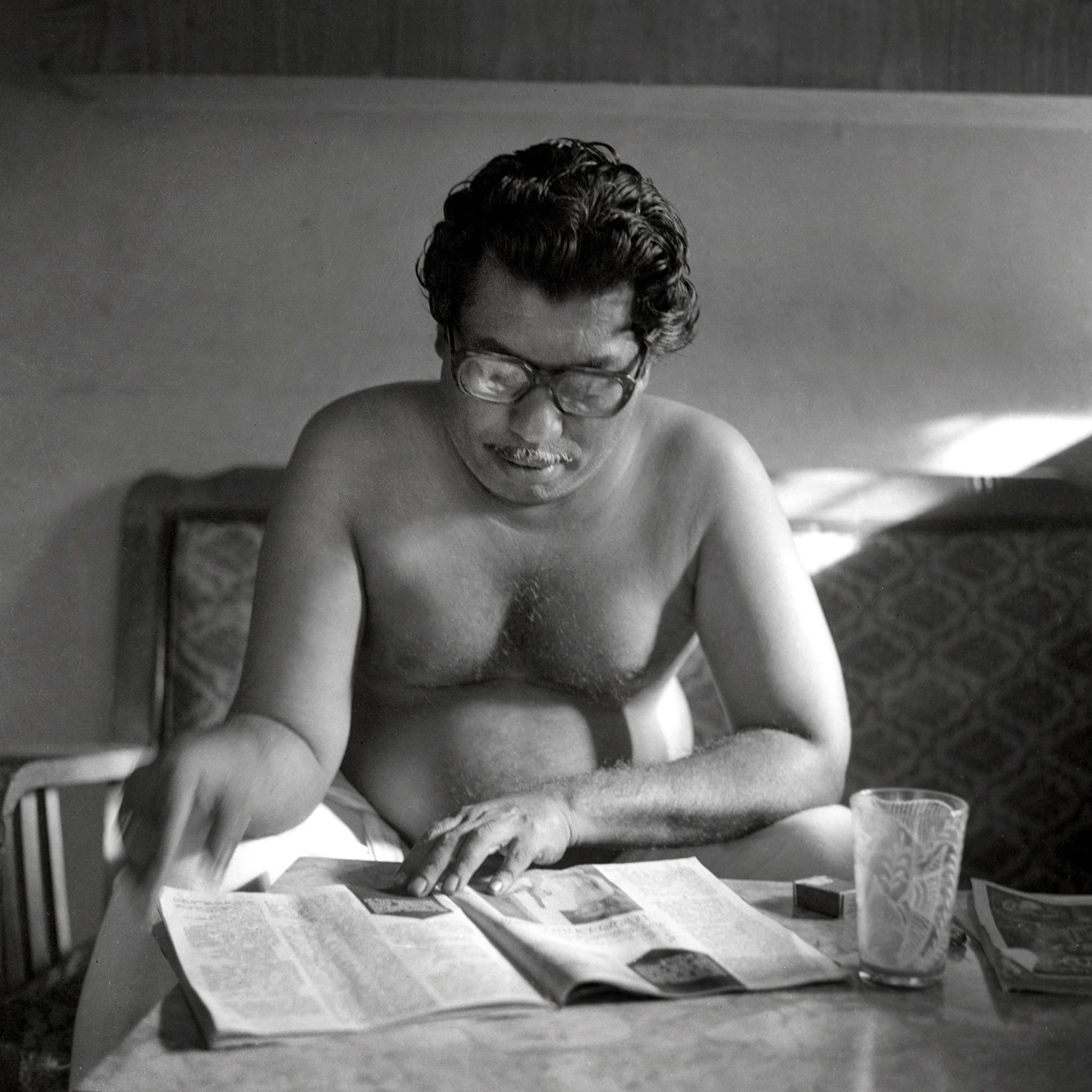Panorama
Digital Moon
and
Analogue
Nights
Photo Mail presents
A panoramic view of
The art of photography’s
Interaction and
Interrelation with other
Art mediums such as literature
Architecture, and
Other visual media
In this autobiographical
memoir Abul Kalam Azad
discusses his versatile journey
as a photo-artist, drawing
parallels to the socio-political
context, personal history
and art. The acclaimed
pieces were originally
published in the popular
Malayalam journal
Deshabhimani for
over a year (2019 – 2020)
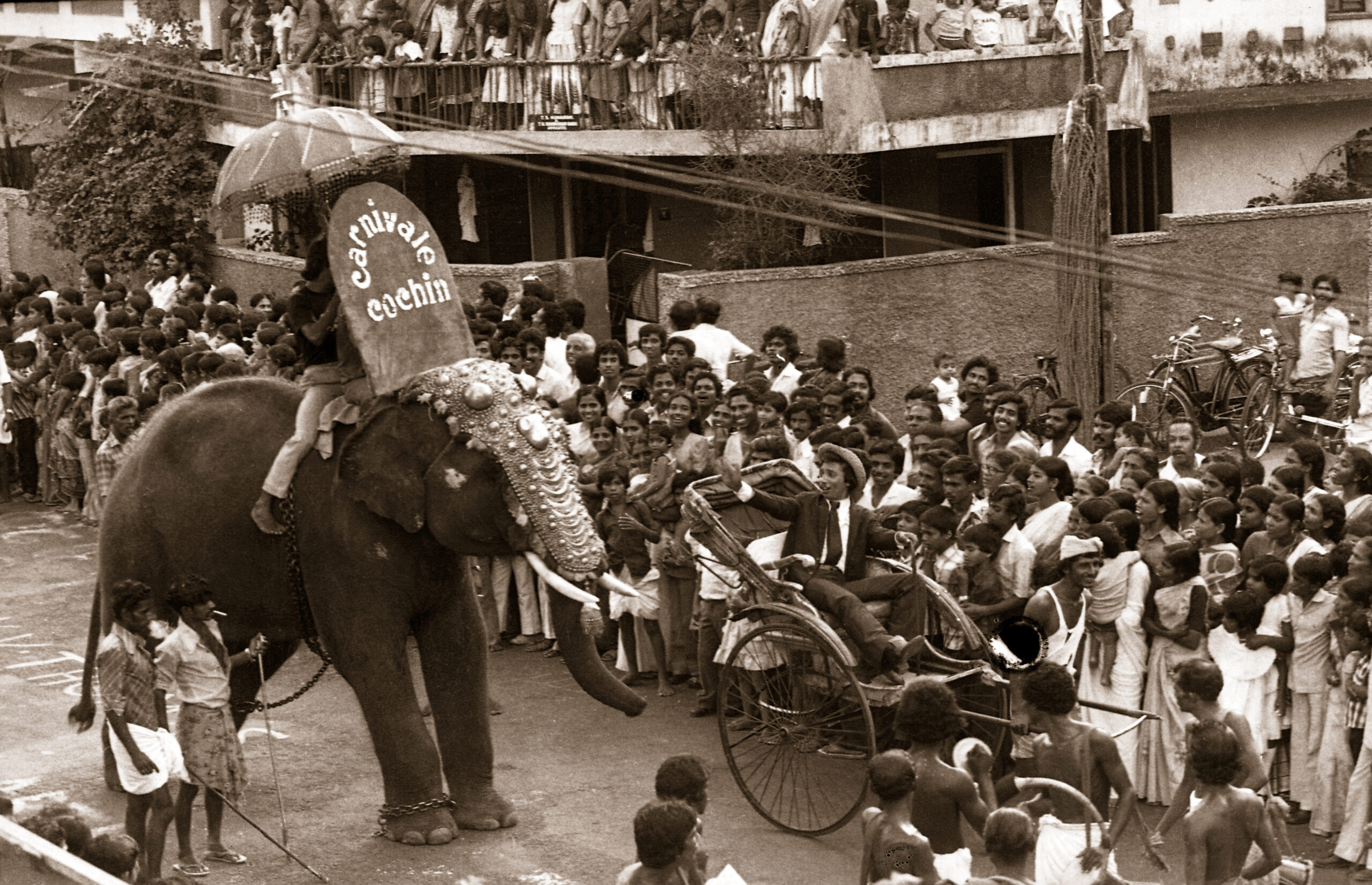
Beach Festival (The First Cochin Carnival) © Abul Kalam Azad 1984 – 85
My professional career in photography was launched in event photography. However, this genre has been quite boring and uneventful, at least for me. Event photography, I often thought, is a mere mechanical process of recording an event, with very limited possibilities of creative and thoughtful involvement. Pushing and pulling the crowd, and sometimes even other photographers, one has to sheer the way for a distraction-free shot. There is no contemplative quietness or chance for silent reflections. As one has no control over the event, the act of documenting requires a sharp reflex and basic technical skills, that’s all. Moreover, clients always insist on certain specifications and requirements. Such pre-decided patterns and styles are to be adhered to while involving in commercial event photography. In spite of all this, for the sake of livelihood and sustaining my independent lifestyle, during the 1980s, I did quite a lot of event assignments. After all, it was better than a 9 to 5 routine job, and I retained my freedom to travel.
I specialized in wedding photography. Thanks to my family’s vast connections, my background in leftist student politics through the Students Federation of India, and networking with other youngsters, I was quite successful. Most of the political parties, including the communist party, do not pay for photographing their events. However, my ideological inclination towards them inspired me enough to shoot their local events. The money that came from wedding photography helped me to document the cultural and political events of my time.
I always thought photographers are modern chroniclers and archivists of social history. If not immediately, in the near or distant future, these photographs become historical documents. Until then, it is the responsibility of the photographers to archive their creations. Back in those years, preserving these delicate negatives over long periods required technical knowledge, resources, and space. Due to a scarcity of resources, I had kept the negatives of my early photographs at my parent’s home. While I was traveling, without knowing its archival importance, all my documents were destroyed as part of the annual home cleaning process.
Beach Festival (The First Cochin Carnival) © Abul Kalam Azad 1984 – 85
After my father’s demise, I stumbled upon a few negatives he had preserved along with some valuable documents. It was amidst this, I found a few strips of the negatives of the Carnival Parade 1985 (The First Cochin Carnival), the culminating event of the year-long Beach Festival (1984-85).
The origin of the Cochin Carnival is a lot more straightforward than what is being popularly narrated today. It began as a celebration of the UN Declaration of 1985 as the International Youth Year. Such a remarkable cultural event was made possible in Kochi thanks to its rich cosmopolitan history. Since 13th century CE, Kochi had settlements of Chinese, Jews, Greeks, and Arabian traders. With the arrival of the Portuguese between the early 15th century CE and the end of 18th century CE, popularly known as the European Age of Discovery, Kochi became a prominent center for trade and cultural exchange. The war between the kingdoms of Kochi and Malabar and the shifting of alliances and power led to repeated colonization of Kochi by the Portuguese, Dutch, and later the British in 1795. The sea-facing Fort Kochi came directly under the British Madras Presidency and was dominated by the European monoculture, while the Mattancherry dockland under the Kochi Maharaja, occupied by the Arab, Jewish, ancient Christian traders and trade guilds, had a penchant for multicultural amalgamation.
Post-independent Kochi islands saw a disintegration of its colonial settlers; while the British dominated Fort Kochi became a sleepy Christian town, multicultural Mattancherry continued to be a buzzing bazaar, packed with diverse people and brisk activities such as sports and music clubs. Even then, there were not that many collective cultural events. The Portuguese tradition of yearly celebrations also stopped in the 1970s and only the unorganized fancy dress competition and Western New Year eve celebrations were conducted by a few clubs in the Christian area.
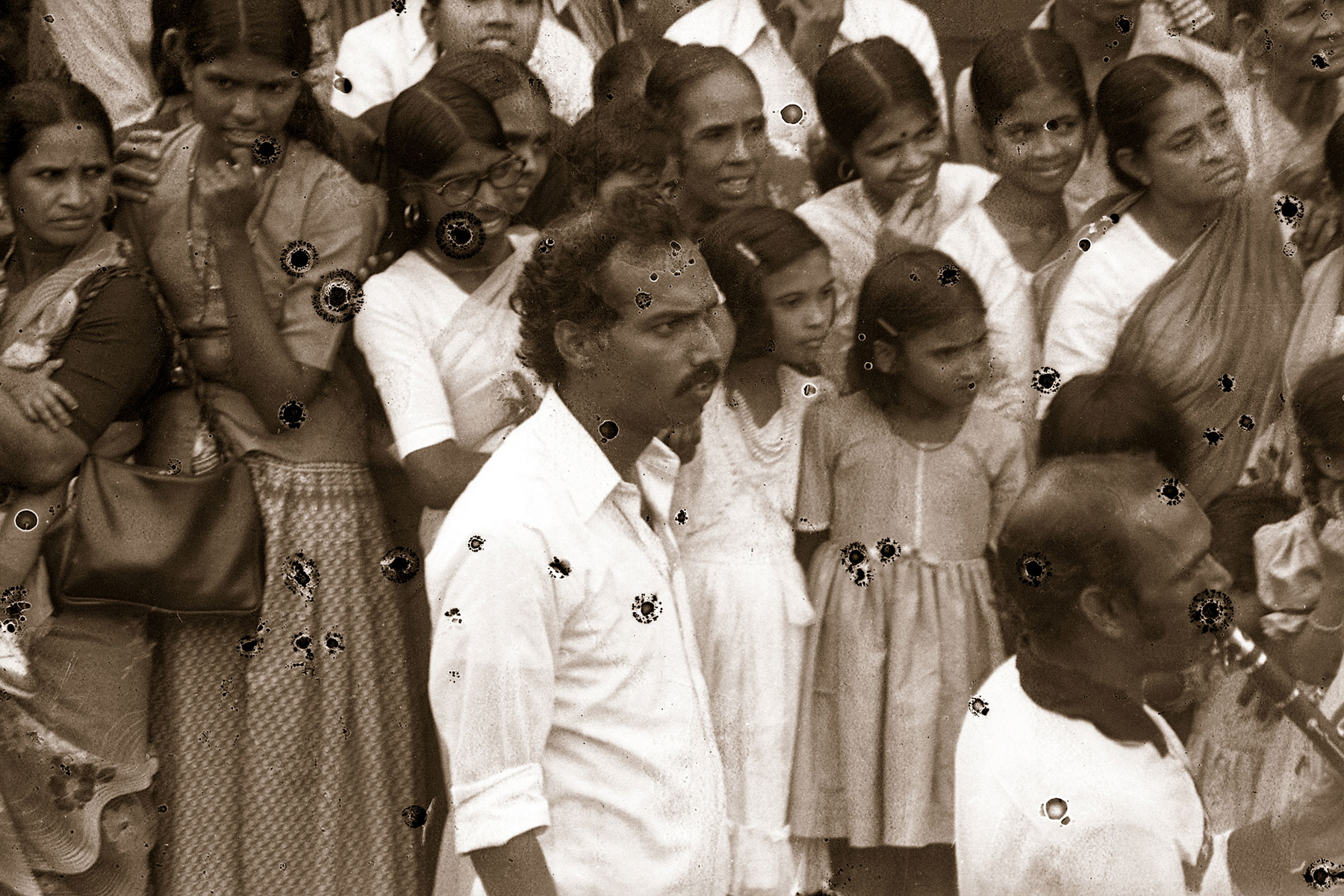
KJ Sohan at the Beach Festival (The First Cochin Carnival) © Abul Kalam Azad 1984 – 85
Then came the Beach Festival and it changed this scenario altogether. A genuine post-emergency consolidation of youths, it was a collective effort where the government was absent and silent. Neither a religious festival nor a celebration of the colonial past, it was conceived and designed as a people’s festival and in fact, one of the earliest attempts to celebrate the multi-lingual, multi-religious, cosmopolitan spirit of Kochi. I was also involved in the organizing of this festival, which was initiated by my friends Anand Felix Scaria (Soorya), Roy (George Augustine Thundiparambil), and Anoop Scaria. Several enthusiastic youngsters and more than 100 clubs in Kochi islands were active in making this mega event possible; their energies and enthusiasm paid well. Young ex-mayor KJ Sohan, and KB Valsala Kumari who was the RDO, were the Chairperson and Vice Chairperson of the Beach Festival Committee.
Huge and historic it was! The main attraction was that its year-long weekly programs included indigenous and classical music, art and cultural performances and ethnic games like tug of war, Kalari, Kuttiyum Kolum, Kolam Vara, cycling, swimming and more. Several scheduled programs had to be dropped due to the lack of funds; but the closing event Carnivale Cochin was a mega-hit. It was organized on 1 January, 1985, the day during which the UN treaty was signed. All the communities of Kochi showcased their cultural heritage during the Carnivale parade with music, dance and theatrical performances. There was space for both mainstream and subaltern culture and the seamless event was flamboyant and peaceful.
Thousands of people from near and far thronged during the Carnivale, and seeing the spirited crowd, the then Chief Minister, K Karunakaran urged the local leaders to support the continuation of the event every year. The authorities saw this as a way to develop Kochi as a destination of national and international tourism. Repackaged and represented to suit different agendas, directly or indirectly, it was linked with the colonial and religious past of Kochi. Most of the other art and cultural programs were dropped and only the ‘Carnival parade’ continues year after year.
The initiators and organizers of the Beach Festival weren’t involved in the next editions. However, it cannot be denied that the year-long beach festival and the First Cochin Carnival was the spark that ignited lots of amazing wildfires to engulf Kochi’s cultural life in future years. It paved the ground for several grandeur projects later. Originally, the Beach Festival was an indisputably classic example of what a group of like-minded youths could achieve.
Photographs contribute to developmental history. I am happy and proud that I shot the event in detail and against all odds, these images were preserved, because of which the untold story of the first Cochin Carnival has once again become a part of the mainstream discourse.
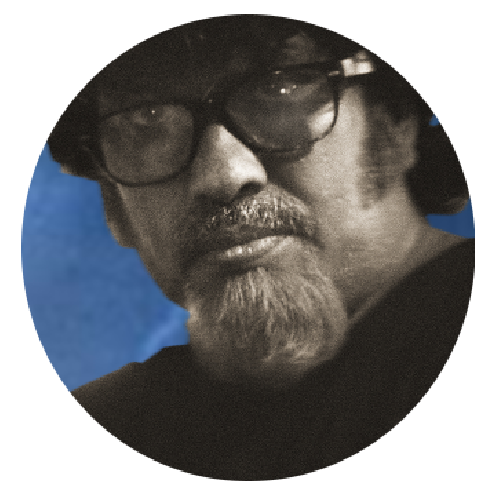
Abul Kalam Azad is an established contemporary Indian photographer, noted for his maverick experimental and conceptual works. He is the Founder Chairman of Ekalokam Trust for Photography. Abul’s photographic works are predominantly autobiographical and explore the areas of politics, culture, contemporary micro-history, gender, and eroticism. His works attempt a re-reading of contemporary Indian history – the history in which ordinary people are absent and mainly provided by beautiful images and icons. To see more works of Abul Kalam Azad check his website.
Published on August 23, 2021
Share
Related Articles
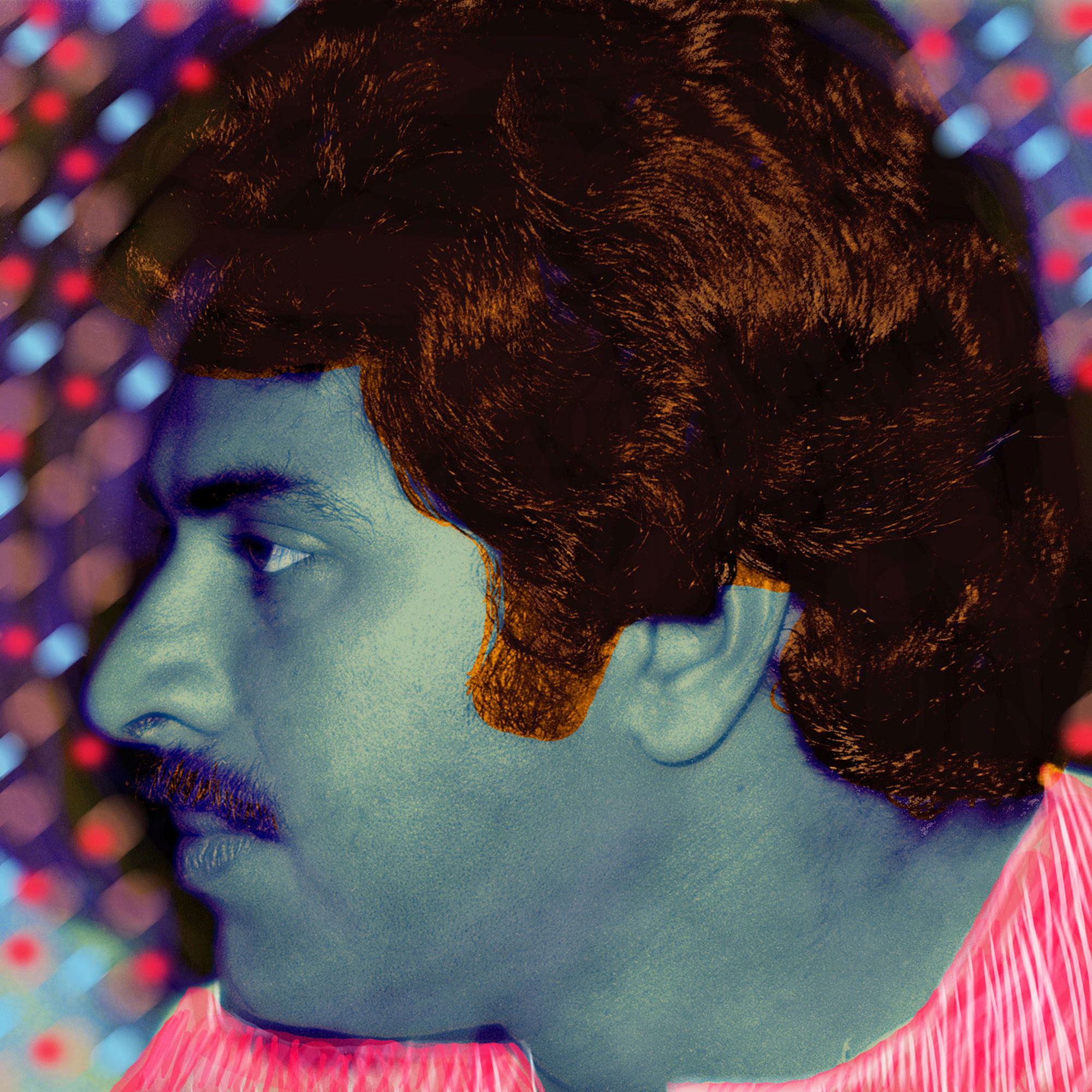
The Meeting of Two Legends – MGR and Mammootty
From the erstwhile Madras, on the inauguration day, MGR arrived at the Cochin old airport, and I was there to shoot him. As a big fan of MGR, obviously one among the millions of MGR lovers, I cherished my fascination to meet and shoot him. A master performer who excelled in playing fashionable, romantic, globetrotting and adorable heroes, MGR was unique by all standards. As most of the journalists and photographers took images of his arrival and left, I decided to stick around.
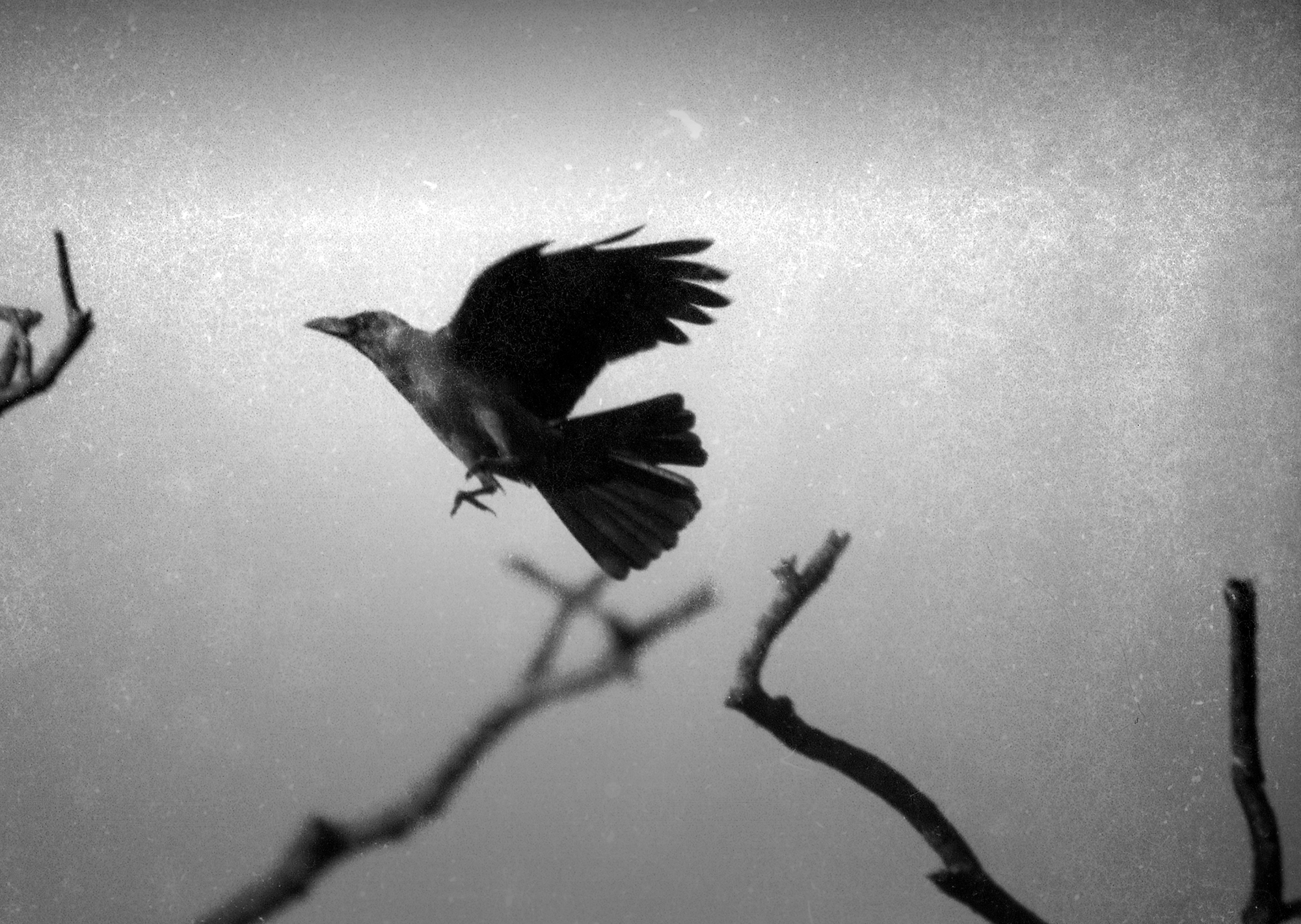
Crows: Photographing the Familiar | Abul Kalam Azad
Photographs can make familiar objects, places, and people more familiar. Everyday mundane encounters and banal objects, when photographed, instill an interest in its viewer to observe the ignored. For, when we look at familiar objects, again and again, it reveals something or the other that was not seen during the first instance.

Huge and Historic: On the First Cochin Carnival
After my father’s demise, I stumbled upon a few negatives he had preserved along with some valuable documents. It was amidst this, I found a few strips of the negatives of the Carnival Parade 1985 (The First Cochin Carnival), the culminating event of the year-long Beach Festival (1984-85). The origin of the Cochin Carnival is a lot more straightforward than what is being popularly narrated today. It began as a celebration of the UN Declaration of 1985 as the International Youth Year. Such a remarkable cultural event was made possible in Kochi thanks to its rich cosmopolitan history.
Microhistories of Unsung Heroes
Of all the artists I met at Kalapeedam, Chicku was closest to me, as there were many things common between us. Chicku was also a drop-out, self-taught, and nomadic. By nature, he was timid and tranquil. Most of his works were surrealistic animal and plant forms. For his study, we spent several days trekking and exploring the forests and mountainous regions of South India. A wonderful painter with unmatchable skill and capability, Chicku brought out his artistic expression with a lot of rebellion and originality.
Hitchhiking Days
Most of the Indian photographers learned from their foreign masters and hence, their styles continued to dominate Indian photography. They were either voyeuristic visual trophies that professed, “I had been there, seen that, met him”, or a tool that propagated “top-down let’s-look-at-the-suffering” sort of charity or propaganda of the photographer/client.
Mattancherry: My Cosmopolitan Hometown
Mattancherry has been a microcosm of authentic cosmopolitanism, many ethnicities and faiths coexisting together, with its beautiful contrasts and combinations. I grew up there, in one of its small boroughs called Kochangadi. This Muslim dominated waterfront settlement had – and still has – a few Jewish, Ezhava and Christian families. Apart from a synagogue and a few churches, there are several small and big mosques that belong to different ethnic groups or factions of Muslims.
Sepia Tinted Memory
Our family name is Pattanam, an acronym for the Tamil word Patthanathukarar (which means ‘hailing from a port town’). We could have been from one of the earliest seaports of Tamilakam (the region corresponding to the present South India) such as Kaveripoompatanam (Chola Port Pukar) or Kayalpattanam (Pandyan Port Korkai). Trading took my forefathers to different parts of Tamilakam and they eventually settled in Mattancherry.


